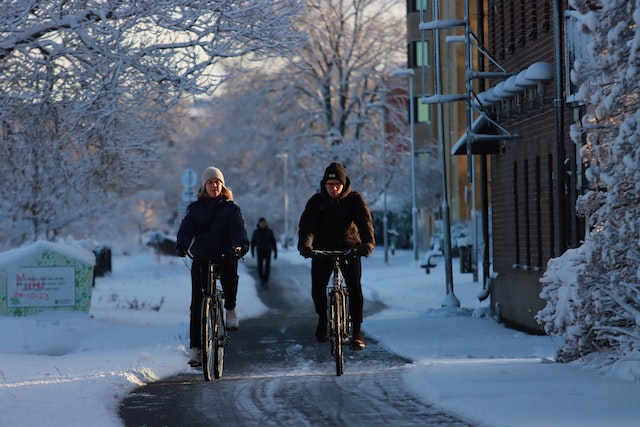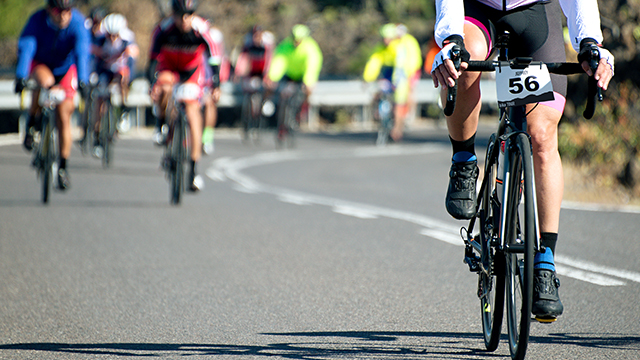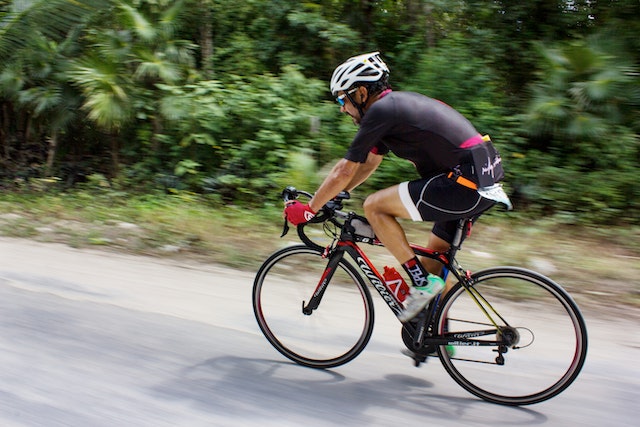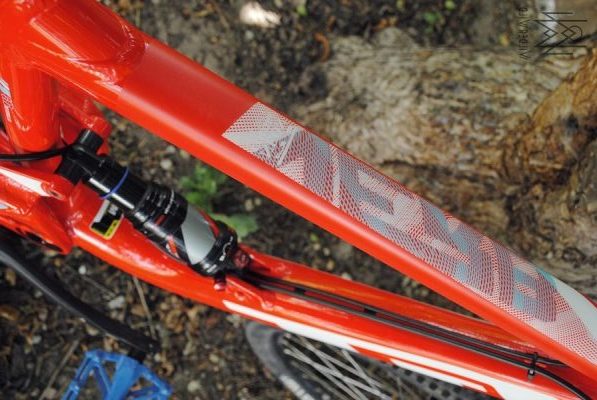Are you ready to conquer the roads on your trusty steed? Before you embark on your cycling adventure, there’s one crucial element you mustn’t overlook: hydration. Water is the lifeblood of your ride, fueling your muscles, maintaining your energy levels, and keeping you cool under the sun’s scorching rays. But how much water do you really need to quench your thirst and keep those pedals spinning?
Well, my friend, the answer may surprise you. It’s not just a mere sip or two. Oh no, to truly thrive on your cycling journey, you’ll need to hydrate like a pro. We’ll delve into the factors that affect your hydration levels, help you determine your individual needs, and provide you with strategies to stay hydrated throughout your ride.
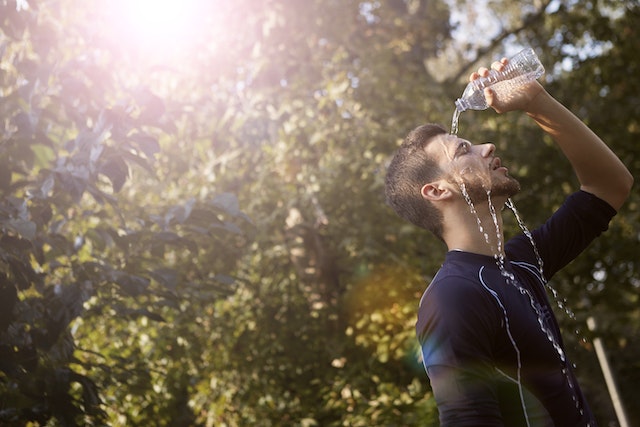
Grab your water bottle, saddle up, and let’s dive into the world of cycling hydration together!
Factors Affecting Hydration Levels in Cycling
Did you know that there are several factors that can affect your hydration levels while cycling? It’s important to understand these factors so you can properly hydrate and have an enjoyable ride.
One of the main factors is the weather. Hot and humid conditions can cause you to sweat more, leading to increased fluid loss. To combat this, it’s crucial to drink more water before, during, and after your ride.
Another factor to consider is the intensity and duration of your ride. If you’re pushing yourself harder and riding for a longer period of time, you’ll need to drink more water to stay properly hydrated.
Additionally, your body weight and individual sweat rate can affect your hydration needs. People who weigh more or have a higher sweat rate may need to drink more water to replace the fluids they’ve lost.
Finally, don’t forget to consider the terrain you’ll be riding on. If you’re tackling hilly or mountainous terrain, you’ll likely be exerting more effort and sweating more, so be sure to drink plenty of water.
By understanding these factors, you can ensure that you’re properly hydrated and ready for a great cycling experience.
Determining Your Individual Hydration Needs
To accurately gauge your personal requirements, it’s important to assess the amount of fluid intake necessary for optimal performance. Everyone’s hydration needs vary, and it’s crucial to find the right balance for yourself. Factors such as the duration and intensity of your ride, weather conditions, and your own sweat rate can all impact how much water you need.
One way to determine your individual hydration needs is by weighing yourself before and after a ride. For every pound lost during the ride, you should aim to drink about 16 ounces of fluid. This will help replenish the fluids lost through sweat and prevent dehydration.
Another method is to pay attention to your body’s signals. Thirst is a clear indicator that you need to drink more water. However, it’s important to note that by the time you feel thirsty, you may already be dehydrated. So, it’s best to drink small amounts of water regularly throughout your ride, rather than waiting until you’re thirsty.
Remember, staying properly hydrated is essential for your overall performance and well-being. By determining your individual hydration needs and making sure you drink enough water during your rides, you’ll be able to stay energized, avoid fatigue, and enjoy a comfortable cycling experience. So, listen to your body, drink up, and pedal on!
Strategies for Staying Hydrated on Your Rides
Stay hydrated on your rides by implementing these effective strategies to ensure optimal performance and prevent dehydration.
First, make sure to drink water before you even start your ride. This will help hydrate your body and prepare it for the physical exertion ahead. During your ride, take regular sips of water every 15-20 minutes, even if you don’t feel thirsty. It’s important to stay ahead of your thirst to prevent dehydration.
If you’re going on a longer ride or it’s particularly hot outside, consider adding an electrolyte drink to replenish the minerals lost through sweat. These drinks can help maintain your body’s fluid balance and enhance your performance.
Additionally, try to plan your route around water sources or carry a water bottle with you. This way, you can easily refill and stay hydrated throughout your ride.
Finally, pay attention to your body’s signals. If you start feeling thirsty, fatigued, or experiencing muscle cramps, it’s a sign that you need to drink more water. Remember, staying hydrated is essential for your overall well-being and will help you enjoy your rides to the fullest.
Signs and Symptoms of Dehydration in Cyclists
Listen up, fellow riders! It’s crucial to be aware of the signs and symptoms of dehydration while you’re out on your adventures. Cycling can be intense, and it’s easy to overlook the importance of staying hydrated. But let me tell you, dehydration is no joke. It can sneak up on you and ruin your ride, so pay attention!
One of the first signs of dehydration is a dry mouth and throat. You might start feeling thirsty, and your mouth may feel sticky. Don’t ignore these warning signs!
Other symptoms to watch out for include dizziness, fatigue, and muscle cramps. You may also notice that your urine is darker than usual or that you’re not urinating as frequently.
If you experience any of these symptoms, it’s time to take action. Find a shaded spot, and drink some water or a sports drink to replenish your fluids. Don’t wait until you’re feeling completely wiped out!
Preventing dehydration is key, so make sure to drink plenty of fluids before, during, and after your ride. And don’t forget to listen to your body. If you start feeling thirsty, don’t ignore it. Take a break and hydrate.
Remember, fellow riders, staying hydrated is essential for a successful and enjoyable ride. So drink up and keep those water bottles handy!
Hydration Tips for Long-Distance Cycling
When cycling long distances, it’s crucial to remember that proper hydration is essential for optimal performance and endurance. Did you know that studies have shown that even mild dehydration can negatively affect your cycling performance by up to 10%? To ensure you stay hydrated during those long rides, here are some helpful tips.
Firstly, start hydrating before your ride. Make sure to drink plenty of water at least two hours prior to your cycling session. This will ensure that your body is properly hydrated and ready to perform at its best.
During your ride, it’s important to drink water regularly. Don’t wait until you’re thirsty to start hydrating. Take sips of water every 15-20 minutes to maintain a steady level of hydration. You can also consider using a hydration pack or water bottles attached to your bike for easy access.
In addition to water, electrolyte drinks can be beneficial for long-distance cycling. These drinks contain essential minerals like sodium and potassium, which help replenish electrolytes lost through sweat. They can help prevent muscle cramps and keep you feeling energized.
Lastly, don’t forget to rehydrate after your ride. Drink plenty of water and consume foods that are high in water content, such as fruits and vegetables. This will help replenish your body’s fluids and aid in recovery.
Remember, proper hydration is key to maintaining your performance and endurance during long-distance cycling. Stay hydrated, and enjoy the ride!
Frequently Asked Questions
Can I drink too much water while cycling?
Drinking too much water while cycling can lead to hyponatremia, a condition where your blood sodium levels become dangerously low. It’s important to find the right balance and listen to your body’s hydration needs.
How often should I drink water during a long-distance ride?
During a long-distance ride, you should drink water every 5 minutes! Your body craves hydration like a desert craves rain. Stay connected to your bike and stay hydrated for a ride of epic proportions!
Are sports drinks better than water for cycling hydration?
Sports drinks can be better than water for cycling hydration as they replenish electrolytes lost through sweat. They also provide carbohydrates for energy, helping you ride longer and feel more refreshed.
What are the effects of dehydration on cycling performance?
Dehydration during cycling can significantly impact your performance. It leads to decreased endurance, muscle cramps, and fatigue. Staying properly hydrated is crucial for maintaining energy levels and maximizing your cycling performance.
Can I rely on thirst alone to determine my hydration needs while cycling?
You can’t just trust your thirst on a cycling ride! Your body needs more than that to stay hydrated. Listen to your body, but also make sure to drink enough water to keep going strong.
Conclusion
So, now you know the importance of staying hydrated during your cycling rides. By understanding the factors that affect hydration levels, determining your individual needs, and implementing strategies to stay hydrated, you can optimize your performance and prevent dehydration.
But, you might be thinking, “Isn’t stopping to drink water going to slow me down?” While it’s true that taking breaks for hydration may interrupt your rhythm, remember that staying hydrated is crucial for your overall well-being and performance. So, make sure to prioritize hydration and find a balance that works for you.


